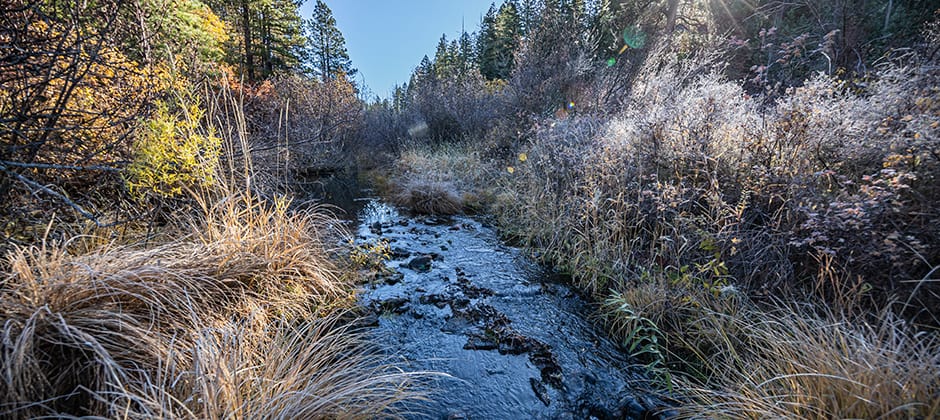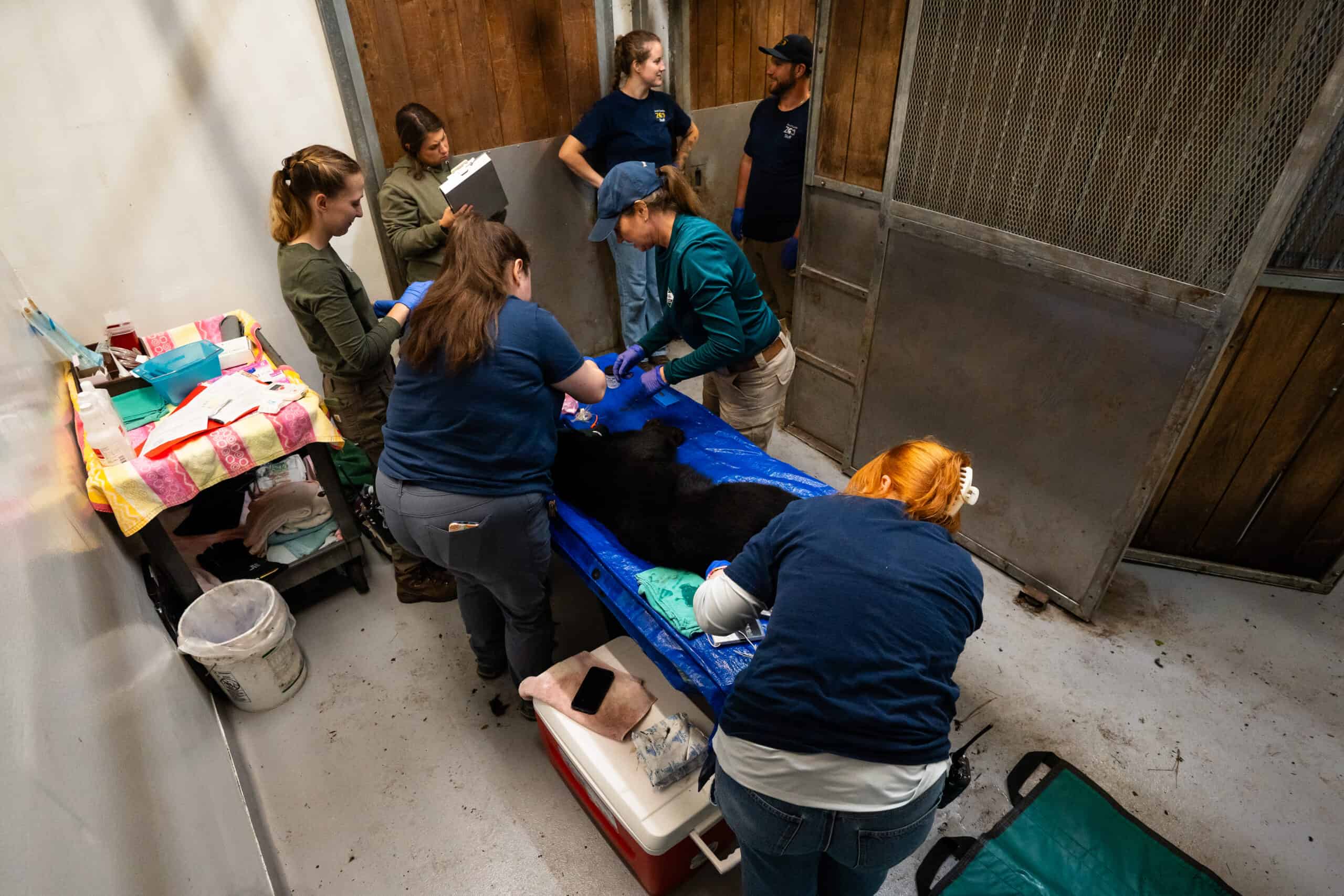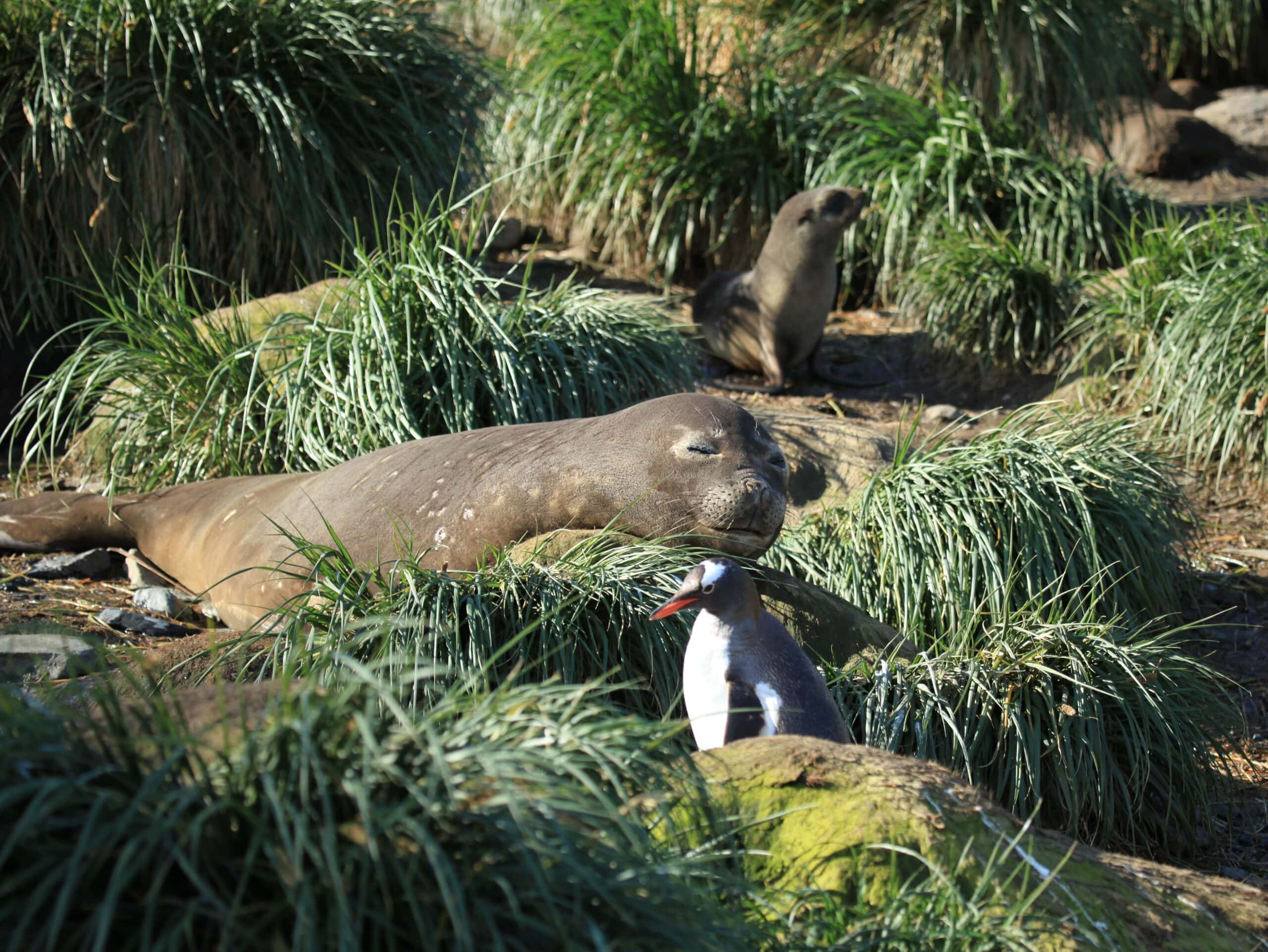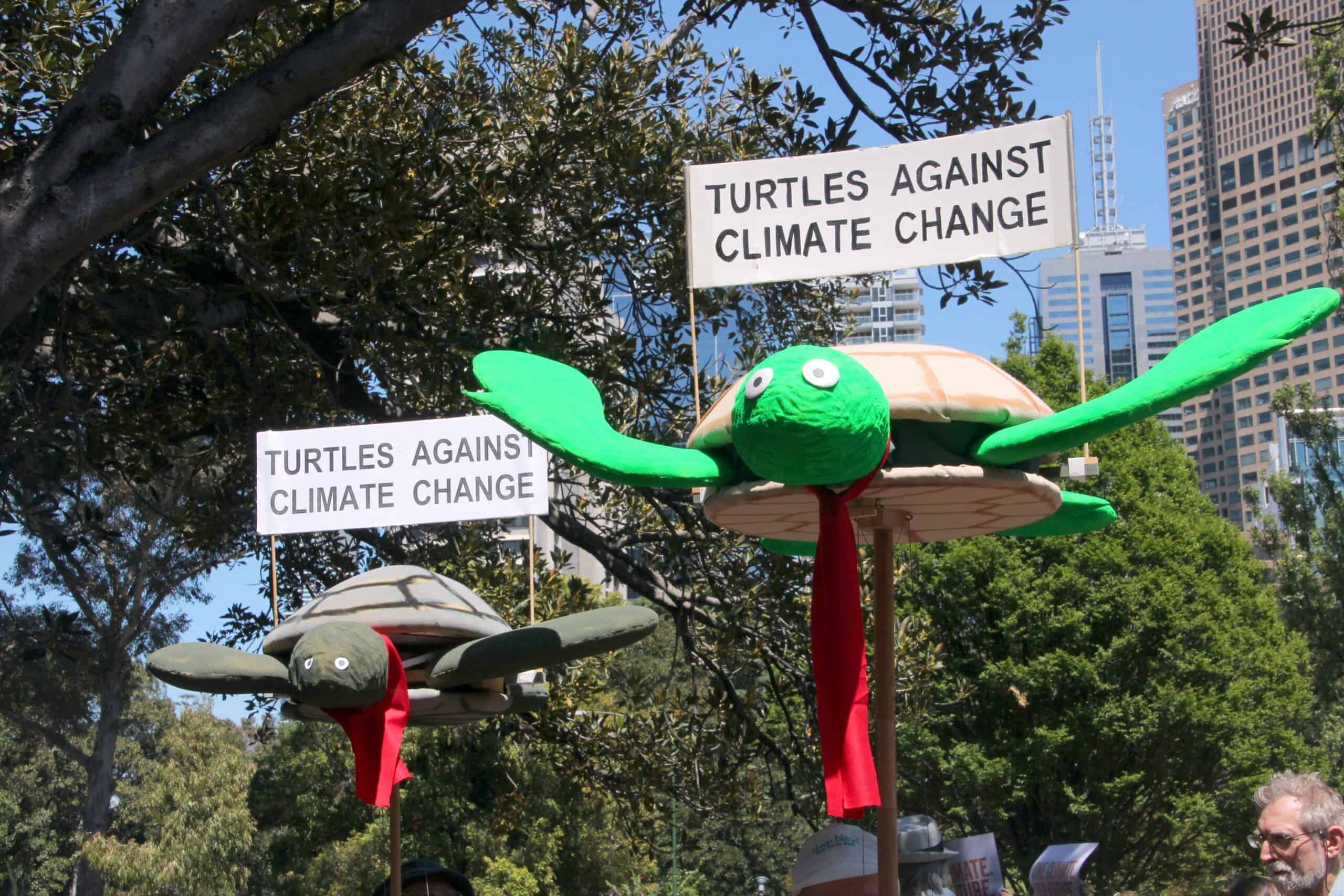Share this article
Agency funding bill passes Congress
Congress passed a final spending package on Dec. 16 for Fiscal Year 2020, which includes increases for many natural resource agencies’ conservation and management programs.
The final spending bill was released shortly before the latest continuing resolution was set to expire on Dec. 20 and nearly two months after FY 2019 ended Sept. 30. The spending package passed both chambers of Congress and was signed by the president at the end of last week.
The $1.4 trillion package includes increases for conservation and wildlife management programs. Funding for several natural resource agencies would see an increase over FY 2019.
| Agency | FY 2020 funding | Increase over FY 2019 |
| U.S. Fish and Wildlife Service | $1.6 billion | $66 million |
| U.S. Geological Survey | $1.3 billion | $110 million |
| Bureau of Land Management | $1.4 billion | $24 million |
| U.S. Forest Service | $7.43 billion | $1.35 million |
| National Park Service | $3.4 billion | $155 million |
| Natural Resources Conservation Service | $829.6 million | $10 million |
The bill would provide $24 million for U.S. Geological Survey Cooperative Research Units, matching a funding level advocated for by The Wildlife Society. The Units received $18.4 million in FY 2019, and have a record 38 vacancies among CRU scientists after years of chronic underfunding. The increase to $24 million, will enable the units to begin filling these positions and more fully meet the mission of the program.
National Wildlife Refuges would receive $502 million for operations and maintenance — below the funding provided in either the House or Senate versions of the bill, or the president’s budget request of $509.5 million. It is, however, an increase of $14 million over FY 2019 funding.
The bill would also direct $68 million to the State and Tribal Wildlife Grants program, $3 million more than last year and $36 million more than the president requested.
The BLM’s Wild Horse and Burro Program will receive $101.4 million, about $20 million more than FY 2019. However, the report accompanying the bill admonished the agency for its failure to submit a long-overdue report to Congress examining options for managing wild horse and burro populations on federal lands, along with cost estimates for implementing those options. The bill is withholding $21 million until the agency submits the final report to Congress.
The bill would not increase funding for the BLM’s move to Colorado or other efforts to reorganize the Department of the Interior, but does specify that the BLM must keep the committees informed about the relocation plans on a monthly basis. The relocation plan, first announced in July, is part of a larger plan to reorganize the Department of the Interior. The BLM headquarters office would move from Washington, D.C. to Grand Junction, Colo., and staff from various BLM departments now located in Washington, D.C., would move to agency offices in various western states. The Wildlife Society has expressed concern about the move, for which the BLM would receive $5.9 million to implement in FY 2020, level funding from last year.
Within the U.S. Forest Service budget, $300 million is allocated for forest and rangeland research. The U.S. Department of Agriculture budget allocates $1.042 billion for the Animal Plant Health Inspection Service, including $5.7 million to address chronic wasting disease in cervids and $128.6 million for Wildlife Services.
Under the bill, the Land and Water Conservation Fund would receive $495 million, the highest funding level since 2004 and $57 million more than FY 2019. That funding level is still below the $900 million that the program is authorized to receive.
The final bill also included the Modernizing the Pittman Robertson Fund for Tomorrow’s Needs Act (H.R. 877), which allows state wildlife agencies to use certain funds allocated through the Wildlife Restoration Account to build and maintain shooting ranges, and for marketing and communications efforts to recruit, retain and reactive hunters and recreational shooters. The bill had also been moving through Congress as a stand-along bill, which The Wildlife Society supported during this Congress.
The avoidance of most new policy riders was central to obtaining bipartisan agreement on the funding package. However, some riders from previous years were also included in this bill, such as one preventing the listing of sage grouse as an endangered species and another blocking federal regulation of lead ammunition and tackle. A ban on drilling in the Arctic National Wildlife Refuge that was included in the House bill did not make it into the final package.
Read The Wildlife Society’s testimony on the FY 2020 budgets for wildlife management and conservation programs in the Department of the Interior and the Department of Agriculture
Header Image:
Days before Congress adjourned for the year, it passed a final spending package for FY 2020.
©BLM Washington and Oregon








